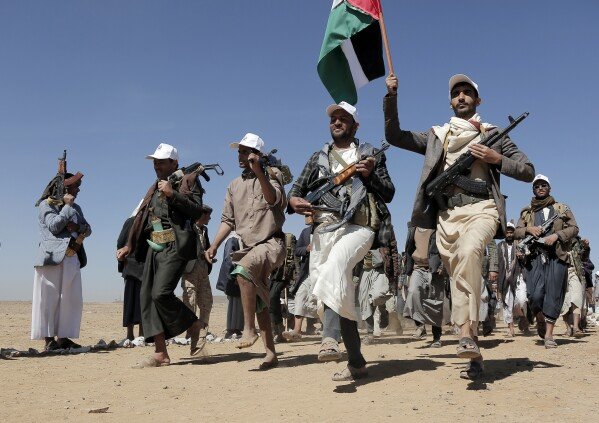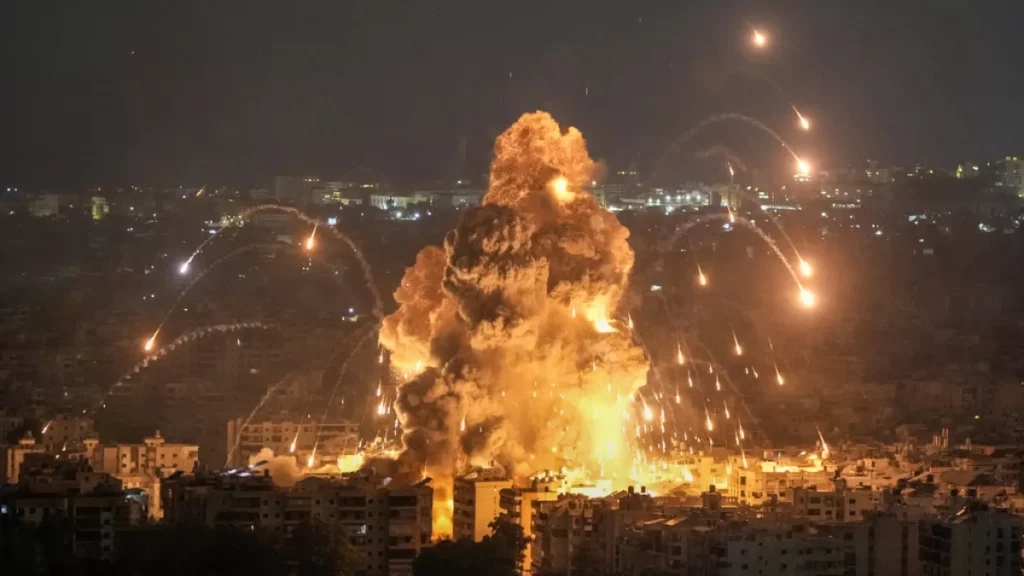
The world held its breath as tensions between Israel and Iran exploded into a military conflict. This confrontation, long anticipated but still shocking, has sent shockwaves across the globe. But how did we get here? What happened? And what might happen next? Let’s dive deep into this unfolding crisis.
The Longstanding Tensions Between Israel and Iran
Historical Background of Hostilities
The bitter animosity between Israel and Iran didn’t happen overnight. It traces back to the 1979 Iranian Revolution when the Shah was overthrown, and the Islamic Republic was born. The new regime denounced Israel, referring to it as the “Zionist enemy.” Since then, both nations have viewed each other not just as rivals but as existential threats.
Religious and Political Rivalry
Israel, a Jewish state, and Iran, an Islamic theocracy, stand on opposite ends of the ideological spectrum. Iran’s support for Palestinian groups such as Hamas and Islamic Jihad has fueled further hostility, while Israel views Iran’s nuclear ambitions as a direct threat to its survival.
Proxy Wars and Regional Influence
Iran has expanded its influence through proxies like Hezbollah in Lebanon, Houthi rebels in Yemen, and Shiite militias in Iraq and Syria. Israel, seeing these forces as extensions of Iranian power, has engaged in numerous covert and overt operations to contain them.
The Build-Up to the Recent Attack
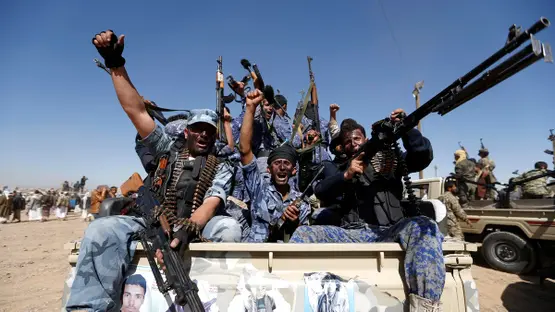
Intelligence Reports and Military Preparations
In the weeks leading up to the attack, intelligence agencies worldwide buzzed with reports of heightened Israeli reconnaissance over Iranian airspace. Unusual troop movements and satellite images suggested something big was brewing.
The Role of Western Powers
The United States, Israel’s closest ally, reportedly provided critical intelligence, while European nations tried to mediate behind the scenes. However, diplomacy took a backseat as military preparations intensified.
The Media Coverage Leading Up to the Strike
Mainstream media outlets speculated endlessly, with headlines screaming potential war. Public anxiety rose, especially in the Middle East, where people feared yet another regional conflict.
The Attack: What Happened?
Date, Time, and Target
The attack commenced in the early hours of a tense morning. Israeli fighter jets and drones penetrated deep into Iranian airspace, targeting nuclear facilities in Natanz and Fordow, missile depots, and military command centers.
Types of Weapons Used
Advanced F-35 stealth fighters, precision-guided munitions, and long-range drones were deployed. Cyber warfare also played a significant role, disrupting Iranian air defense systems.
Strategic Objectives Behind the Attack
Israel’s goal was clear: cripple Iran’s nuclear capabilities and weaken its military infrastructure to prevent future threats. The attack aimed to deliver a decisive blow without escalating into a full-scale war.
Iran’s Immediate Response
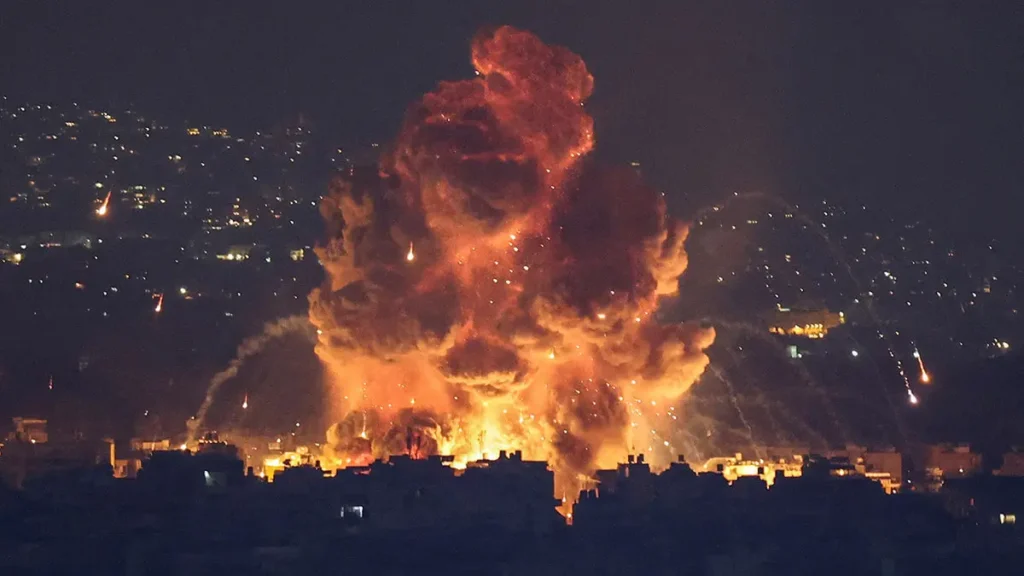
Military Countermeasures
Iran responded swiftly. Anti-aircraft batteries engaged the incoming Israeli jets, while missile strikes targeted Israeli military installations in the Golan Heights and southern regions.
Political Statements and Threats
Iran’s leadership, including Supreme Leader Ayatollah Ali Khamenei, vowed revenge. “Israel will regret this act of war,” he declared, as the nation mobilized its armed forces.
Impact on Iranian Civilians
Sadly, civilians bore much of the brunt. Explosions rocked urban areas, causing casualties and displacing thousands. Emergency services struggled to manage the chaos.
Global Reactions to the Conflict
United States’ Stance
The U.S. supported Israel’s right to defend itself but urged restraint to prevent a broader conflict. President’s statements reflected a careful balancing act between support and diplomacy.
Russia and China’s Position
Both Russia and China condemned the attack, warning that destabilization in the Middle East could have far-reaching consequences. They called for immediate ceasefire talks.
European Union and United Nations Response
The EU expressed “grave concern” and pushed for an emergency UN Security Council meeting. UN Secretary-General Antonio Guterres appealed for de-escalation, fearing humanitarian catastrophe.
Reactions from the Middle East and Arab Nations
Arab nations were divided. While some Gulf States quietly supported Israel’s action against Iran, others condemned it as an act of aggression that endangered regional stability.
Economic Consequences
Oil Prices and Global Markets
Oil prices skyrocketed as fears of disrupted supply chains gripped global markets. Stock exchanges worldwide saw sharp declines, reflecting investor anxiety.
Impact on Israeli and Iranian Economies
Israel faced immediate economic strain from missile strikes and military expenses. Iran, already burdened by sanctions, saw further economic deterioration as critical infrastructure was damaged.
Sanctions and Trade Restrictions
Western nations imposed new sanctions on Iran while cautiously monitoring Israel’s military actions. These economic pressures further complicated an already volatile situation.
The Humanitarian Crisis
Civilian Casualties and Displacement
Hospitals overflowed with injured civilians. Thousands fled their homes seeking safety, turning city outskirts into refugee camps. International organizations warned of an impending humanitarian disaster.
International Aid and Relief Efforts
The Red Cross, UNHCR, and numerous NGOs mobilized to provide food, shelter, and medical aid. However, access remained difficult due to ongoing military operations.
Media Coverage of Human Suffering
Heart-wrenching images of injured children, destroyed homes, and grieving families flooded global media, evoking worldwide sympathy and anger.
The Cyberwar Component
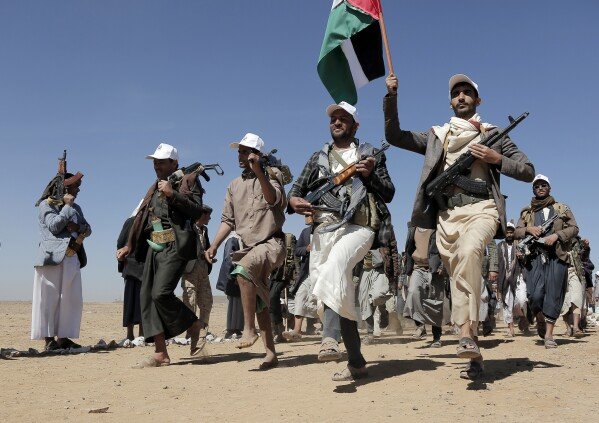
Cyberattacks on Infrastructure
Cyber warfare escalated with attacks on power grids, communication networks, and financial systems in both countries. Banks, hospitals, and even airports were targeted.
Cyber Espionage and Intelligence Gathering
Both sides employed sophisticated cyber-espionage tools to gather intelligence, disrupt command chains, and sow confusion within military ranks.
The Role of Technology in Modern Warfare
This conflict highlighted how modern wars are fought not only on land but also in cyberspace, where silent battles can have devastating real-world consequences.
The Role of Regional Alliances
The Abraham Accords and Arab-Israeli Relations
Israel’s improving ties with some Arab states through the Abraham Accords complicated the regional calculus. Some allies offered intelligence sharing but stopped short of military involvement.
Hezbollah, Hamas, and Iranian Proxies
Iran’s proxies, like Hezbollah and Hamas, launched coordinated attacks on Israeli territory, escalating the conflict into multiple fronts.
Turkey, Saudi Arabia, and Other Players
Turkey called for restraint, while Saudi Arabia monitored developments cautiously, wary of any direct involvement but concerned about regional security.
Possible Scenarios Moving Forward
Escalation Into Full-Scale War
If both sides continue retaliating, the conflict could spiral into a full-scale regional war involving multiple countries and potentially dragging in global superpowers.
Diplomatic Solutions and Peace Talks
International mediators, including the UN, EU, and neutral nations like Switzerland, may broker temporary ceasefires or long-term peace agreements.
The Role of the International Community
The global community’s ability to pressure both sides diplomatically will be crucial in preventing further escalation and ensuring long-term stability.
Expert Opinions and Analysis
Military Strategists’ Views
Many military experts believe Israel’s preemptive strike achieved tactical success but at the risk of strategic disaster if not managed carefully.
Political Analysts’ Predictions
Political analysts suggest that both regimes may leverage the conflict for internal political gain, making a peaceful resolution more challenging.
Public Sentiment in Israel and Iran
Public opinion is deeply polarized. While some support their governments’ actions, others protest, fearing the human cost and economic fallout.
Impact on Global Security
Nuclear Proliferation Concerns
Iran’s nuclear ambitions remain a global concern. The attack may push Iran to accelerate its nuclear program, raising fears of nuclear proliferation.
Terrorism and Regional Stability
The conflict could fuel terrorist activities across the region as extremist groups exploit the chaos to advance their agendas.
Lessons for Global Powers
This conflict serves as a grim reminder of how regional disputes can quickly escalate into global crises, demanding careful diplomacy and foresight from world leaders.
Social Media and Information Warfare
The Role of Social Media in Shaping Narratives
Social media platforms became battlegrounds where both sides waged information wars to sway international opinion and boost domestic morale.
Fake News and Propaganda
Misinformation and propaganda spread rapidly, making it challenging for the public to discern truth from fiction, further complicating the conflict narrative.
Public Engagement and Global Opinion
Hashtags, viral videos, and online activism brought global attention to the conflict, pressuring world leaders to take action.

